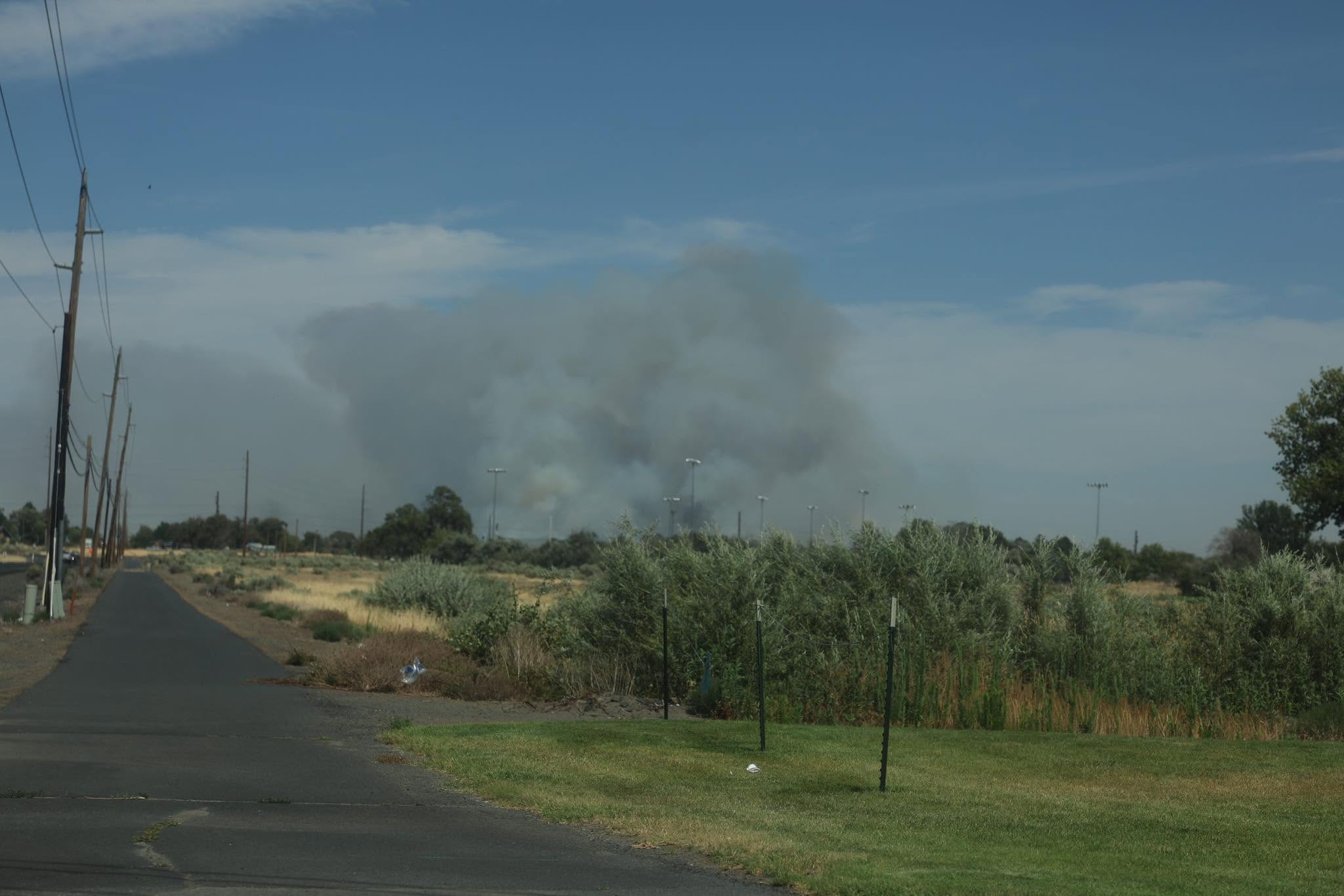Oregon county must reconsider marijuana facility denial
Published 11:00 am Wednesday, October 30, 2019

- Oregon’s Deschutes County must reconsider its denial of a 36,000-square-foot indoor marijuana facility on farmland due to its close proximity to “youth activity centers.”
BEND — Oregon’s Deschutes County must reconsider its denial of a 36,000-square-foot indoor marijuana facility on farmland due to its close proximity to “youth activity centers.”
Waveseer of Oregon had proposed constructing the nearly acre-size building to grow, dry and process marijuana in addition to two other structures for water treatment and electrical systems in an “exclusive farm use” zone.
While marijuana is considered a crop in Oregon, state law allows counties to impose “reasonable regulations” on production facilities.
In this case, Deschutes County’s board of commissioners overruled its planning department and rejected Waveseer’s application because the marijuana facility was less than 1,000 feet from two neighboring properties where children ride horses and partake in 4-H agricultural activities.
The county decided these properties qualified as “youth activity centers” from which marijuana facilities must maintain a “separation buffer” of at least 1,000 feet under the local government’s code.
Waveseer of Oregon argued this interpretation of county code would create a “slippery slope” that would produce “illogical and unreasonable results” because virtually any place with children could be considered a “youth activity center.”
“How would a potential applicant be able to determine if a particular property was feasible and compliant for a marijuana production use?” the company said in a written argument. “What would prevent neighbors from merely claiming that their property engages in youth activities if no permit is required?”
The Oregon Land Use Board of Appeals, which reviews local land use decisions, has now agreed with Waveseer of Oregon that Deschutes County’s interpretation of its code creates too much uncertainty to be considered a “reasonable regulation” under Oregon law.
Under the county’s understanding of the “separation buffer” provision, marijuana facilities could be rejected simply because neighbors claim that “youth-oriented activities” regularly occur within 1,000 feet.
“Those youth-oriented activities may occur outdoors, or in a farm structure, as part of an existing farm use, or may occur in and around a residence as accessory to a residential use. In any event, a property owner or applicant would not have any practical way of identifying whether those youth-oriented activities are occurring within the separation buffer surrounding any particular EFU-zoned property,” according to LUBA. “As applied in this case, the county’s interpretation of youth activity center is so amorphous and uncertain that we conclude it is unreasonable.”
While the county’s interpretation went too far, the denial decision isn’t necessarily “prohibited by law,” since it may be possible to interpret the “youth activity center” provision in a way that’s reasonable, according to LUBA.
For that reason, the ruling requires the county to reconsider the decision during “further proceedings.”









